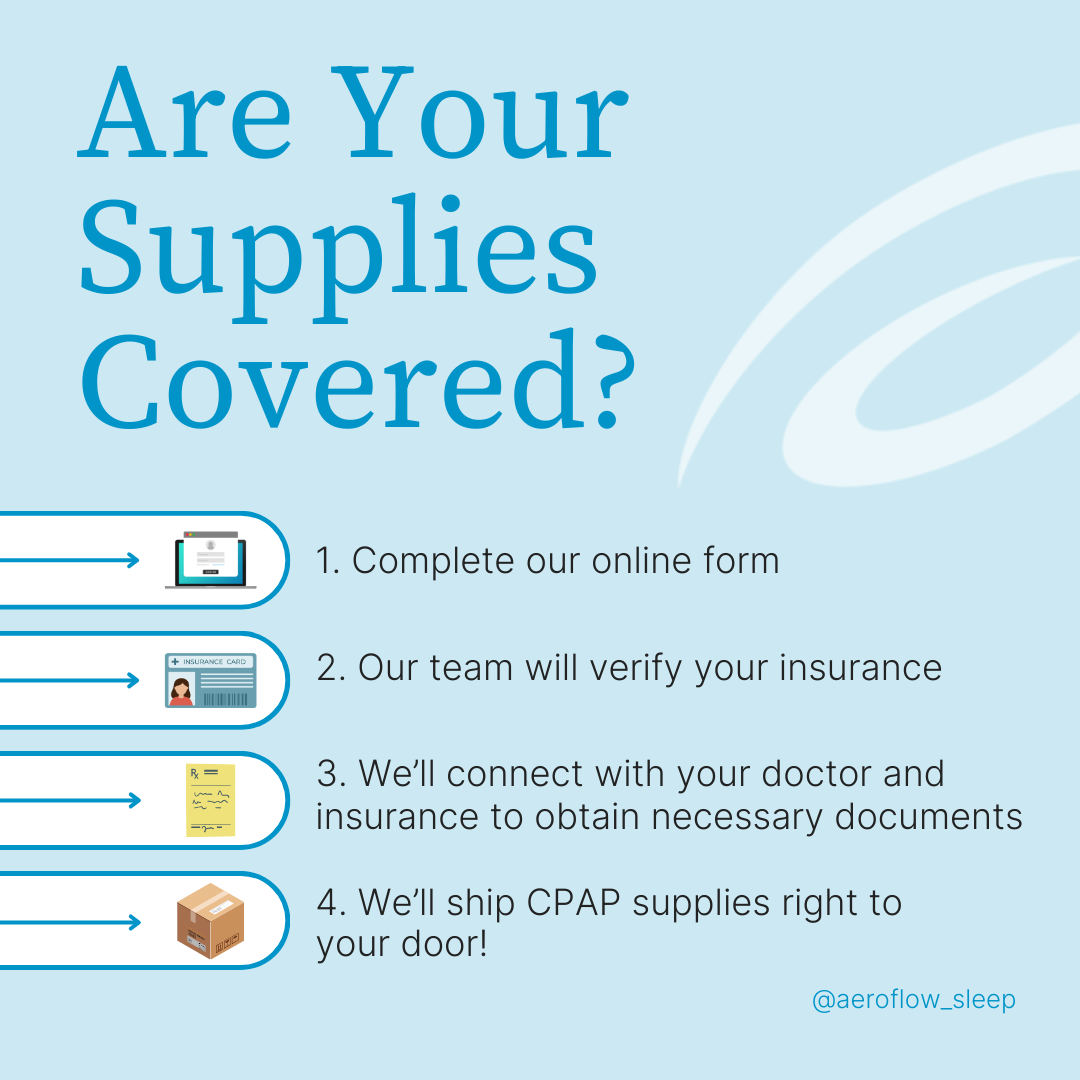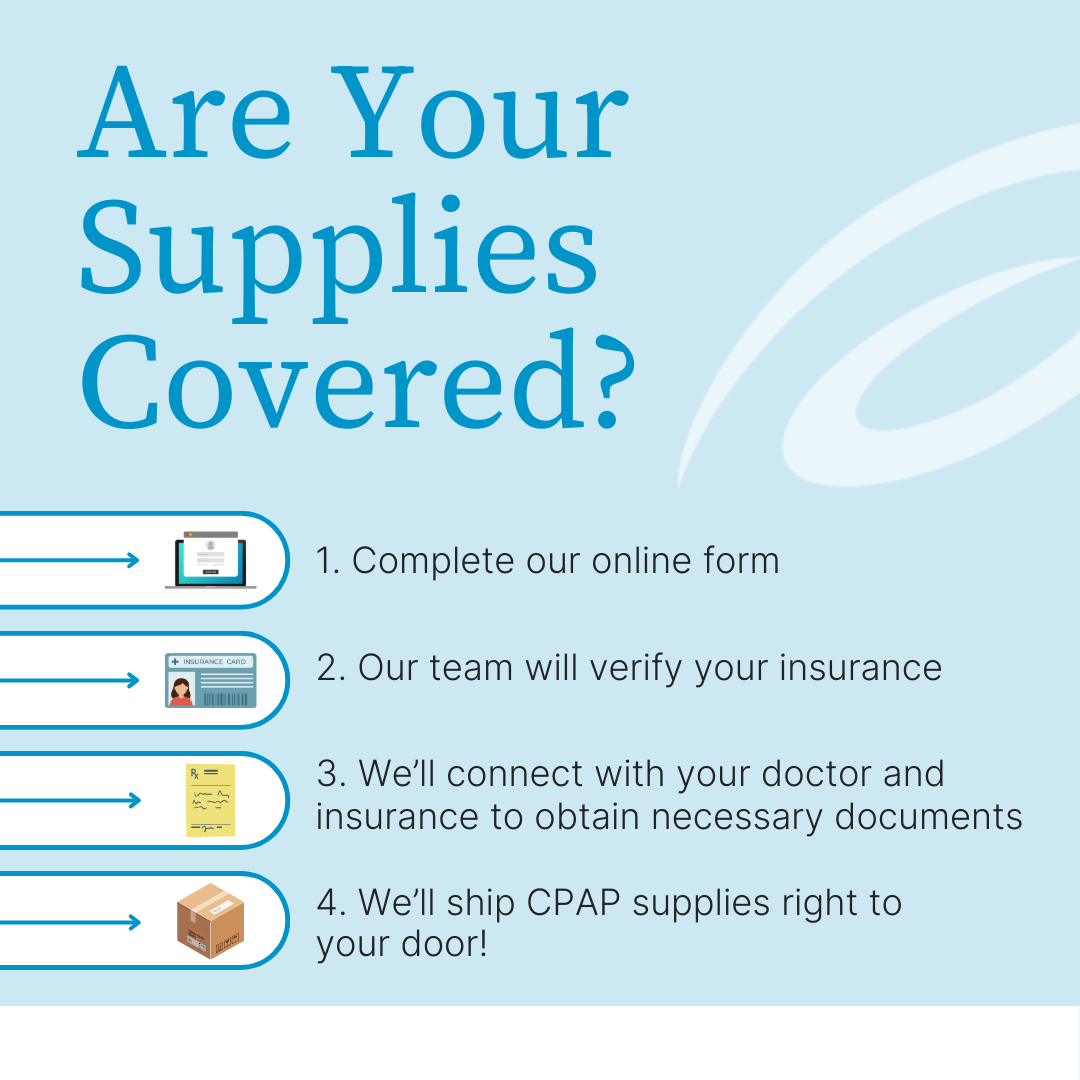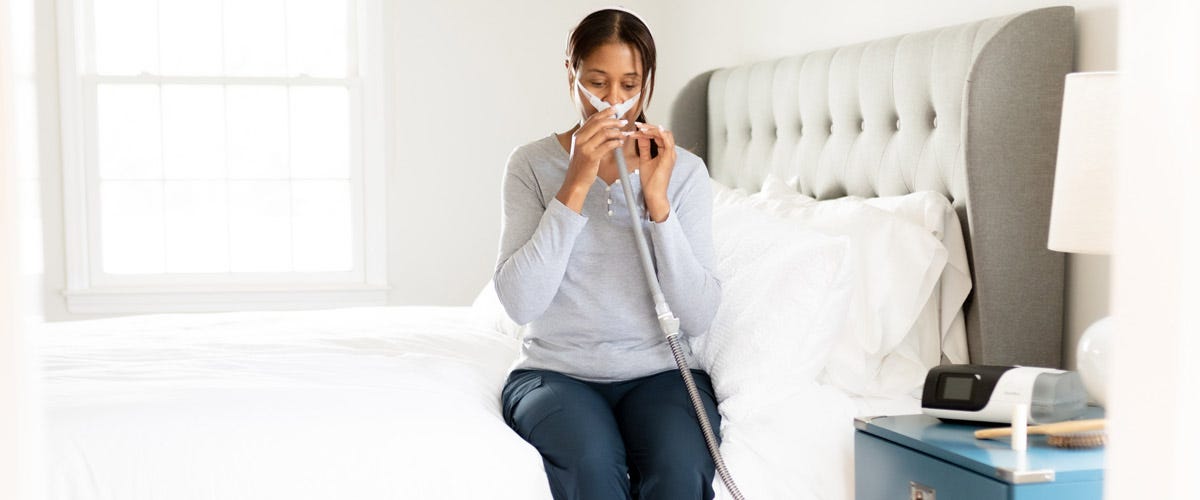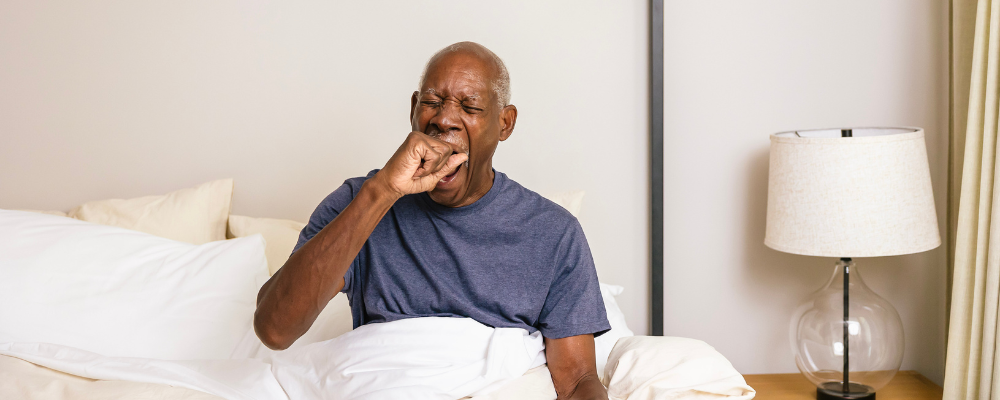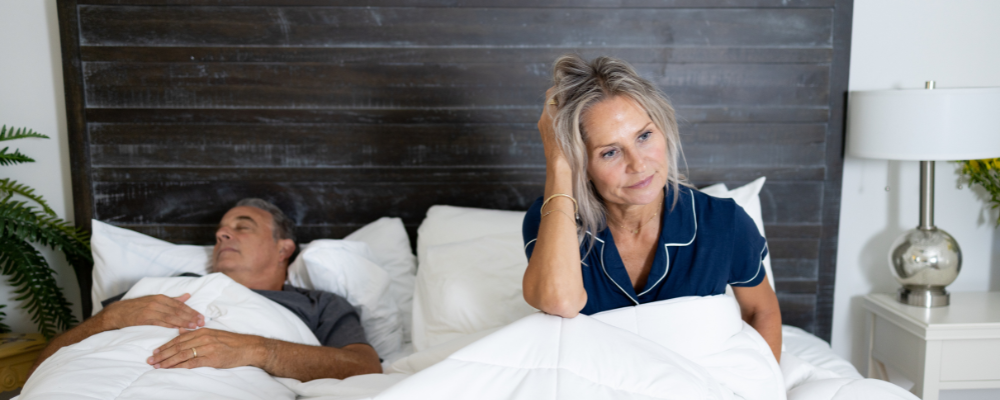Your bed partner says you snore. You suffer from high blood pressure, obesity, heart disease, type 2 diabetes, or other medical conditions that put you at increased risk. You have a family history of sleep disorders; every man in the family since Uncle Mike has developed Obstructive Sleep Apnea in his late fifties, so you already have your future CPAP mask picked out. After all, YOU are the person who gets sleep apnea...right?
These are all stereotypes. Overweight, loud snoring, mature gentlemen with health problems are not the only people who get sleep apnea. A patient can be fit as a fiddle, in high school, or a woman and still have sleep apnea. Today, we’ll debunk sleep apnea stereotypes and tell you how Aeroflow Sleep helps all.
How Common Is Sleep Apnea?
There are three types of sleep apnea: Obstructive Sleep Apnea (OSA,) Central Sleep Apnea (CSA,) and mixed, which is a combination of both OSA and CSA. The most common of these is OSA, and there are some shocking stats about the prevalence of undiagnosed OSA out there.
It’s estimated that 1 in 15 adults in the United States have sleep apnea, and 80% don’t even know it. So, don’t chalk excessive daytime sleepiness up to everyday fatigue or mood swings up to a menstrual cycle; if you’re having trouble sleeping at night, it may be time to call your doctor.
Can Skinny People Get Sleep Apnea?
Sleep apnea patients come in all shapes and sizes, and skinny people can get sleep apnea. While obesity and weight gain can contribute to OSA, it’s not the only factor. Anatomy may play a bigger role; such as narrow upper airways, jaw shape, nasal obstruction, enlarged adenoids or tonsils, etc. Even something as simple as a deviated septum can cause nasal congestion, and that puts stress on your throat muscles whenever they are compensating for reduced oxygen levels elsewhere.
Neck circumference is another anatomical risk factor due to muscle mass putting pressure on the airway while lying down, and this is the most common concern among athletes with sleep apnea. In fact, “up to ⅓ of NFL players have sleep apnea.” NFL players are American football stars who exercise daily, take very good care of themselves, and often retire before they turn 30. They don’t exactly sound like sleep apnea patients, but Reggie White’s premature death tells a very different story.
Reggie White played football for the Green Bay Packers. He died just four years after retirement from cardiac arrhythmia, which many believe was partly caused by his untreated sleep apnea. Now, his memory lives on through The Reggie White Sleep Disorders Research & Education Foundation, Inc.
In summary, none of these physical attributes are related to weight, and fitness level doesn’t seem to matter either. Of course, if you are overweight, it is always better to get rid of that excess weight. A weight loss journey will certainly help alleviate any breathing disorders impacting your sleep quality. Losing weight will also reduce your risk of heart attack, cardiovascular disease, and hypertension. The best way to begin is by calculating your Body Mass Index (BMI) and see which BMI weight status category applies to you. What’s considered a healthy weight for your height will place you in the “Normal” category. If you do not fall within the “Normal” category, now you know what your goal is to sleep well and live better.
Sleep Apnea In Teens
Children can also get sleep apnea, but it may be difficult to diagnose if they are between the ages of 11-21. This is considered the “adolescent” age range of growth and development; including puberty. Traditional sleep apnea symptoms can be similar to puberty; such as sleep deprivation, mood swings, and weight gain. Not to mention, some symptoms may be unique to teens; including behavior changes, learning problems, and bedwetting.
It’s always important to consult your child’s pediatrician for medical advice if any symptoms seem beyond the normal realm of teenage behavioral problems, because they may be suffering from pediatric obstructive sleep apnea (POSA.) Their pediatrician may refer you to a sleep specialist for a sleep study, and then you can discuss treatment options to improve your child’s sleep.
Can children outgrow sleep apnea? The short answer is yes, but they will always be at increased risk for relapse. If there is a family history of sleep apnea, relapse is even more likely. Make sure your child is getting enough sleep by keeping them on a proper sleep schedule; the American Academy of Sleep Medicine recommends, “Children aged 6-12 years should regularly get 9-12 hours of sleep per 24 hours and teenagers aged 13-18 years should get 8-10 hours of sleep per 24 hours.”
Sleep Apnea In Women
The symptoms of sleep apnea are much more recognizable in men than in women. Women tend to snore less, have a lower resting blood pressure, and really just normalize daytime fatigue as a part of life. Therefore, their sleep apnea is often discovered when another health problem arises; such as hyperthyroidism or heart disease. This unfortunately means women go undiagnosed longer, which gives their sleep apnea time to become dangerous; even life threatening.
In fact, more than one life may be threatened; pregnancy makes women especially prone to sleep apnea. One study concludes, "Among obese pregnant women, 15-20% have obstructive sleep apnea (OSA) and this prevalence increases along with body mass index and in the presence of other comordities." Untreated sleep apnea in pregnant women can additionally impact the baby; including complications with birth weights, fetal growth anomalies, both SGA & LGA, etc.
If you are a woman with sleep apnea, did you know that ResMed has a line of CPAP masks specifically for her? Size, comfort, and style are all taken into consideration when manufacturing a new CPAP mask, so for women, ResMed has developed XS sizing as well as petite frames, plush headgear to minimize abrasion, and sleek designs that say even your CPAP mask is modern and trendy. Talk with your doctor if these products seem right for you.
What’s Next When You Don't Have A CPAP?
As you can see, stereotypes are not the way to determine who gets sleep apnea, because you may be one of millions who don’t fit the traditional patient model. The good news is that it is treatable; however, the only way to know if you have sleep apnea is to get a sleep study. Your doctor or physician can recommend a sleep study, which will measure how many times you stop breathing in the middle of the night. Once diagnosed, continuous positive airway pressure is your sleep medicine, and you’ll receive a prescription for your first CPAP machine. That’s where we come in!
Aeroflow Sleep takes that prescription and can get your CPAP supplies covered up to 100% through insurance. Simply fill out our simple qualify form, and we’ll take care of the rest! We determine what’s covered through your insurance, speak with your doctor and submit all paperwork on your behalf, and connect you with a dedicated Sleep Specialist if you have any questions. Order new CPAP supplies today! You deserve it as much as the next guy.



